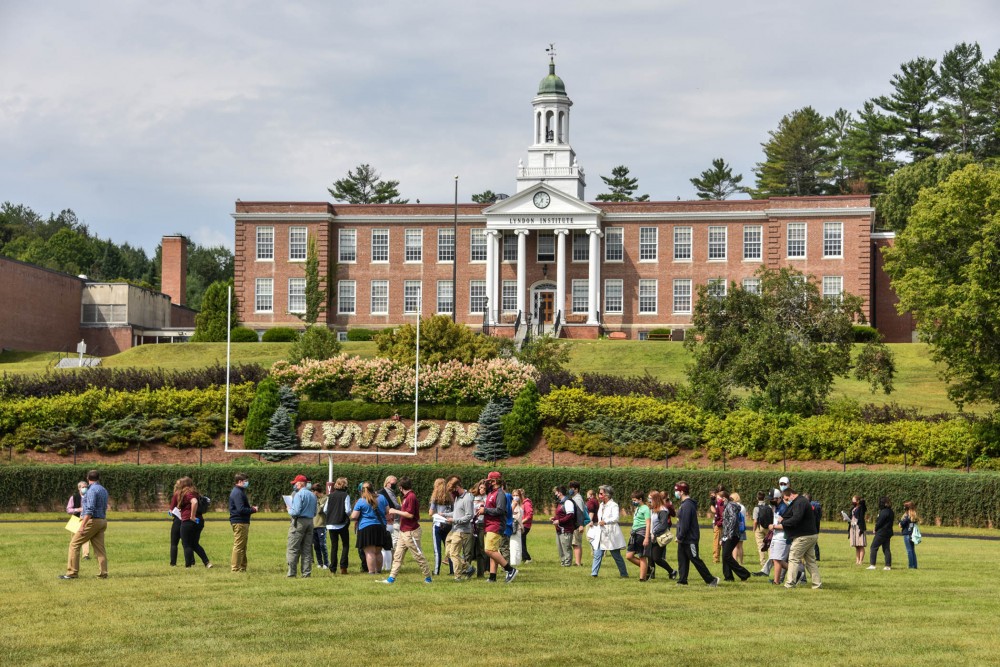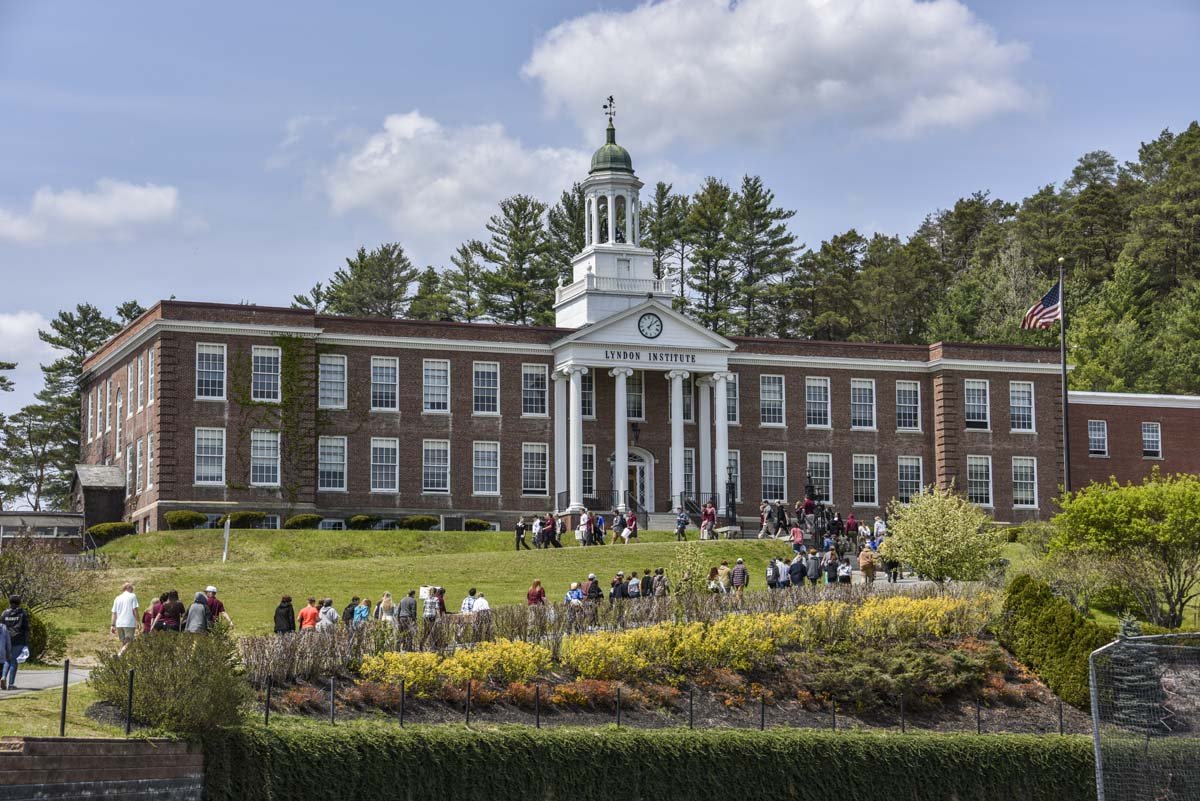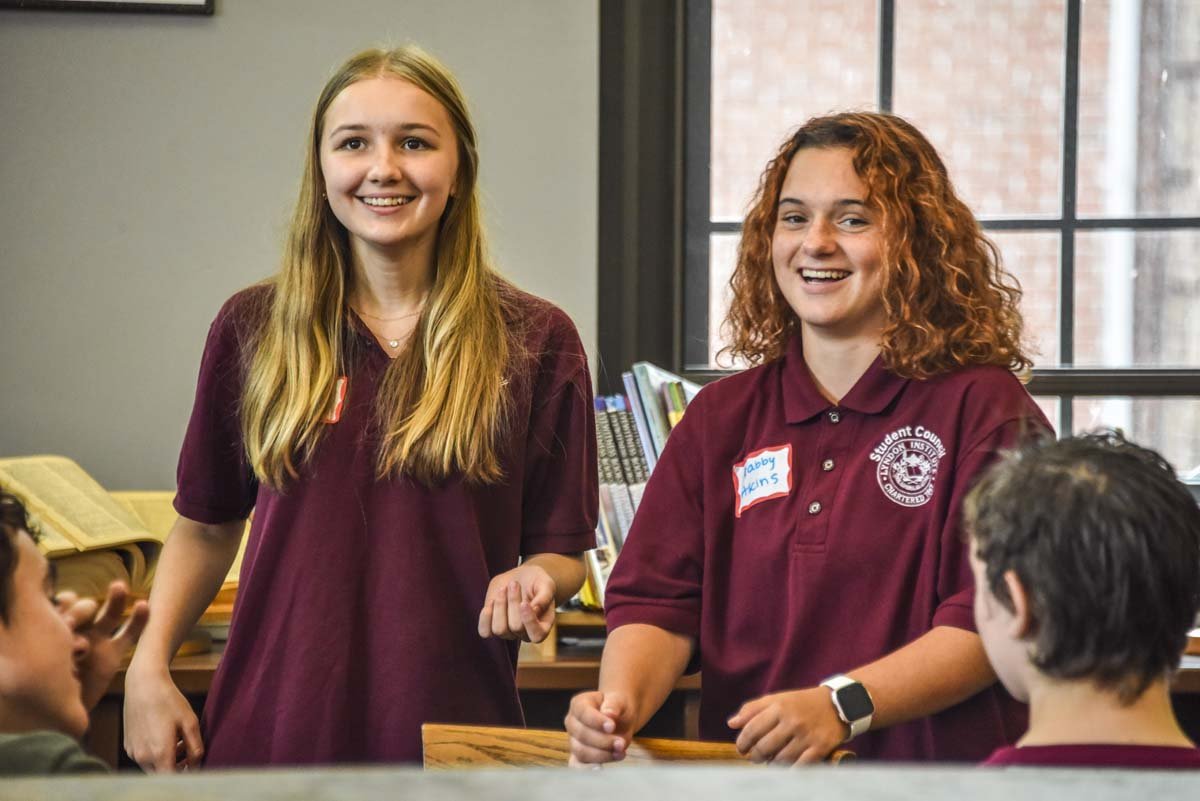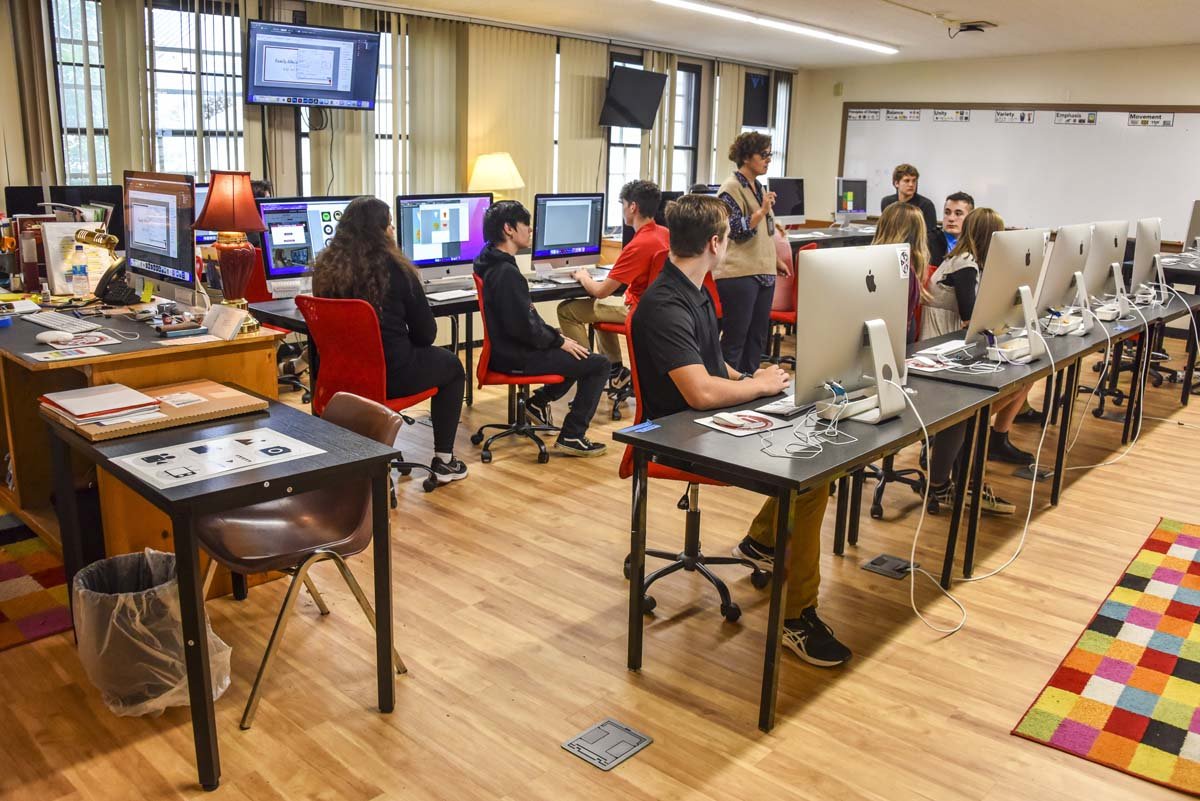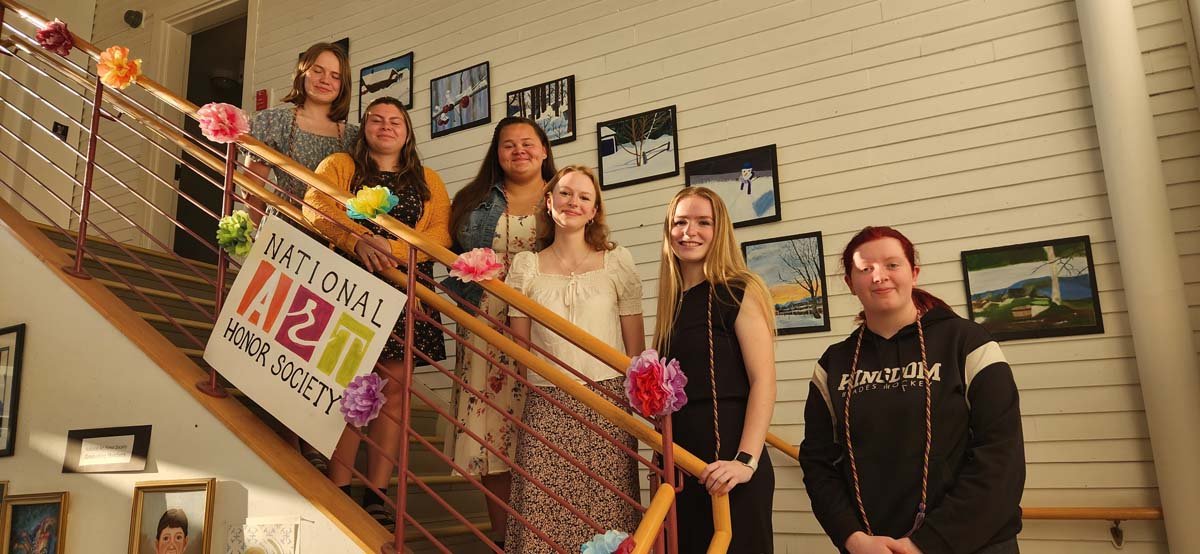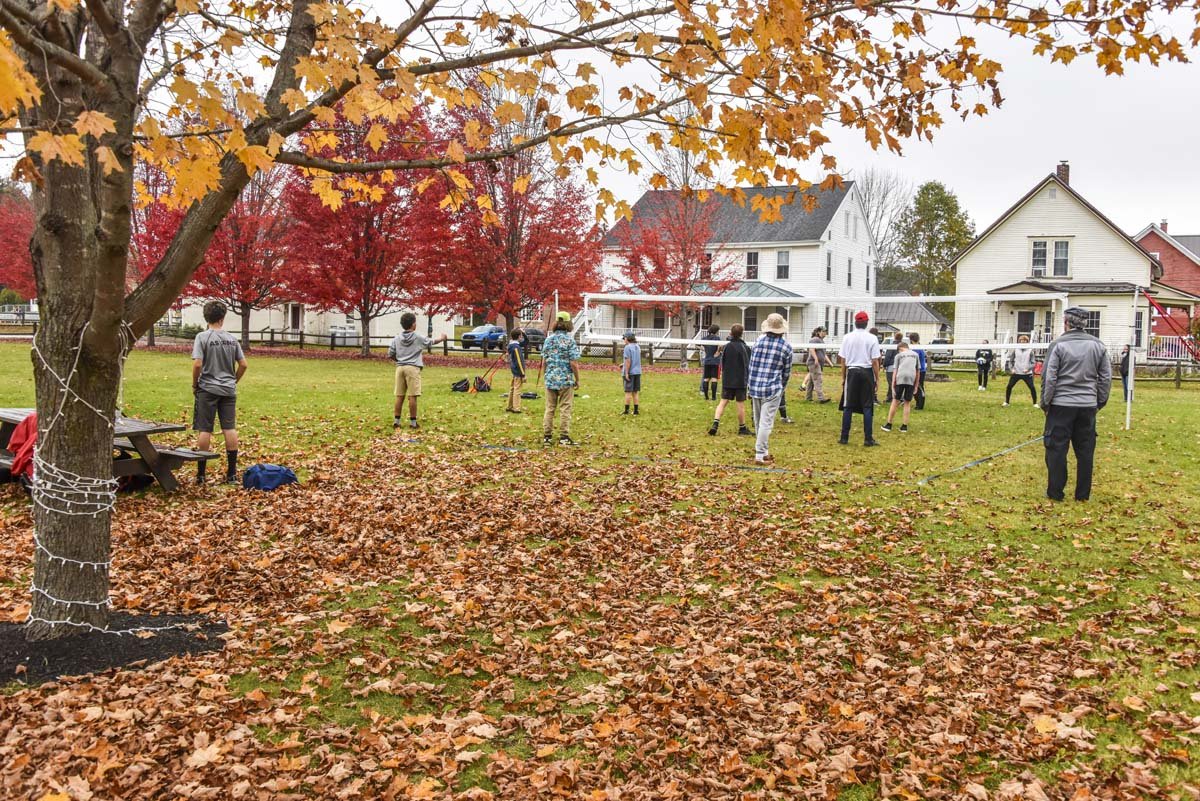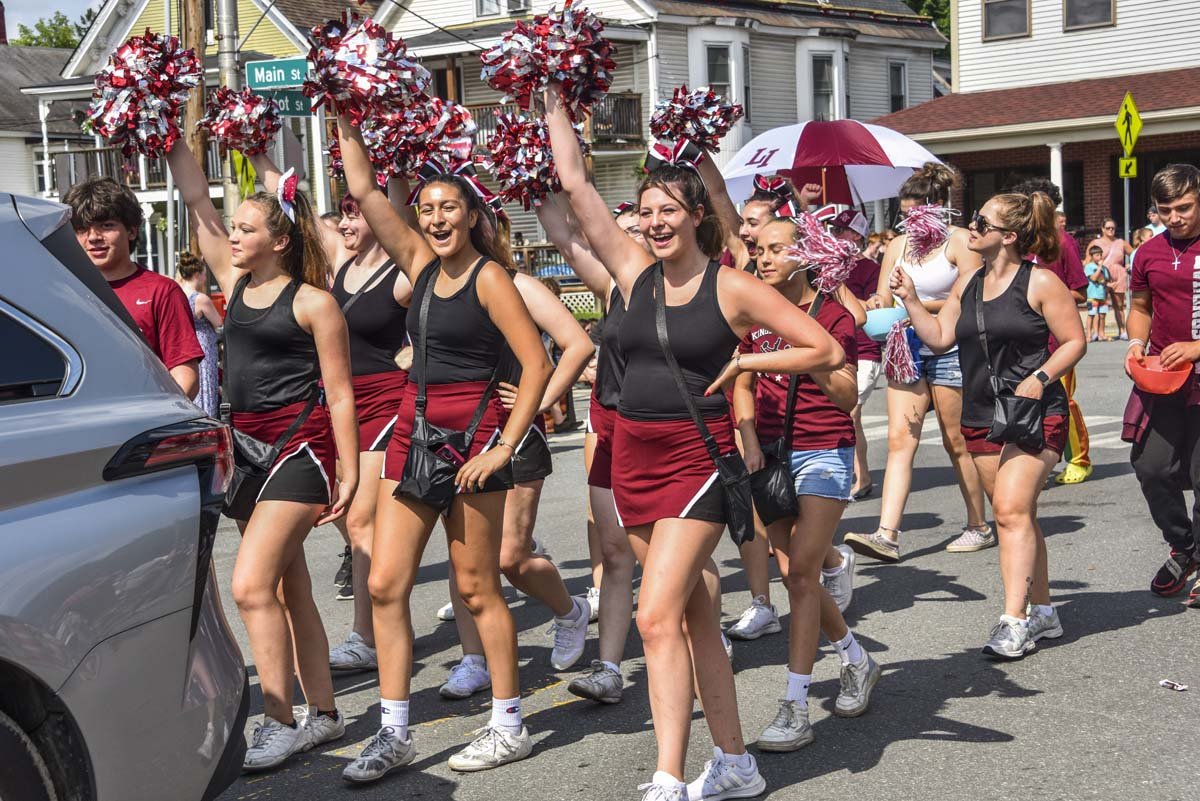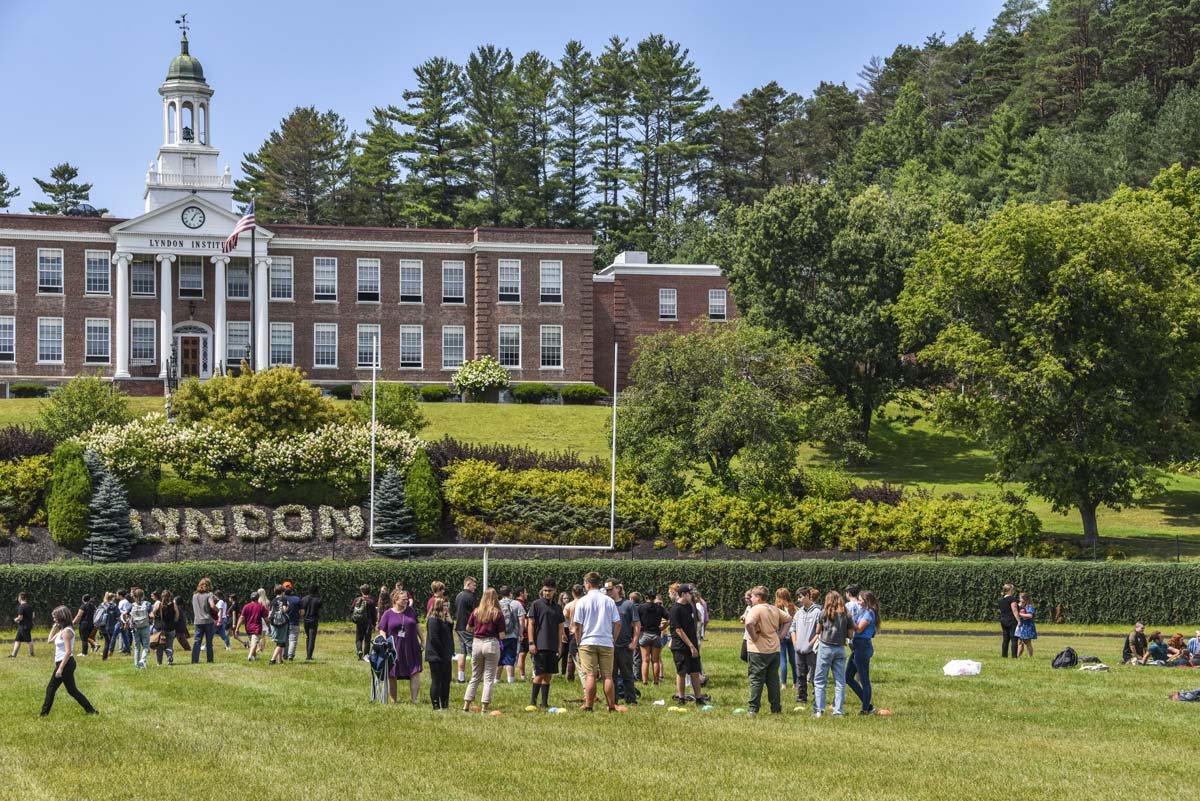- Our School
- Admissions
-
Academics
- Divisions and Faculty
- Commencement 2024
- January Term
- International Program (ESOL)
- College and Career Counseling
- Upward Bound
- Library/Monahan Academic Commons
- Career/Technical Education
- Lyndon Learning Collaborative
- Flexible Lyndon Institute Pathways (FLIP)
- Specialized Instruction
- Adult Continuing Education
- Lyndon Institute Course Catalog
- Student Services
- Arts
- Athletics
- Campus Life
- Support LI
- Alumni
« Back
Navigating the Seas of Change
October 26th, 2020
By: David Stahler Jr.
All institutions face change over time. And as the world around them changes, often in challenging ways, they must change and adapt in kind. In many respects, the mark of an institution is not whether it encounters adversity but how it faces it. If Lyndon Institute is a “Viking” longship, then it has faced particularly stormy waters and threatening currents over the last several years that have required careful navigation. The dark clouds haven’t gone away, but the ship remains afloat and is sailing fast toward brighter skies ahead.
The primary challenge is one nearly every secondary and post-secondary school has increasingly struggled with in recent years—declining enrollments due to major demographic shifts. Vermont has been especially hard-hit with low birth rates and one of the oldest populations of any state in the country, and the Northeast Kingdom, in particular, has lost much of its manufacturing base that in turn has led to an exodus of working families. Lyndon Institute responded early on by renewing, then rapidly growing, its former boarding program. While the dorm program has brought many incredible young people from around the world to campus and enriched LI’s culture and domestic student experience in so many ways, the program has become increasingly difficult to rely on as more schools across the US have entered the marketplace, and the marketplace itself has become less attractive to international students due to changes in the political landscape. The COVID-19 pandemic has only exacerbated this difficulty, disrupting the supply of international students even further.
When Lyndon Institute alum and long-time teacher and administrator Twila Perry took over as interim head three years ago, she faced a serious challenge: How to transition a comprehensive independent school that only fifteen years ago enrolled over 650 students to a school of around 425 students—losing nearly a third of its enrollment and accompanying tuition revenue—while still offering a far wider range of programs in academics, the arts, and technical education than a typical public high-school provides.
The answer was two-fold.
“The first thing we had to do was get a handle on our budget,” Twila said in our conversation. “We’ve worked very hard over the last few years to embrace fiscal responsibility and get our house in order.”
The move required multiple approaches and a lot of big decisions. Some were relatively easy, like taking advantage of lower interest rates to refinance debt. Others, like staffing, were much more difficult.
“A few short years ago, about 80% of our budget was tied up in compensation. That’s not best practice for an institution like ours and wasn’t sustainable in relation to our overall budgetary needs. We’ve done our best to move that closer to 60% and have our staffing levels reflect the reality of our changing student population.”
Teaching positions were eliminated, in many cases through attrition. Deeper cuts came at the administrative and support-staff level.
While most programs at the school remain intact, shifts in demographics and enrollment have impacted a few offerings. With fewer international students, for example, the school’s ESOL program has seen a reduction in staff.
Reallocating on-campus resources has been another strategy for achieving financial stability. Fewer students means fewer sections, allowing for consolidation of classroom space and for some classrooms to move back to the main building from outlying buildings that can be expensive to maintain. A smaller boarding program has led to a similar consolidation of residential students to some of the campus’s smaller dormitories, with students having meals served family-style in the dorms rather than operating the dining hall at night and on weekends.
In the meantime, the school has found ways to turn other parts of its campus into revenue streams, such as hosting The Stevens School in the Harris Brown and Luther B. Harris buildings, as well as in Collison Cottage. Apartments that once housed dorm parents have become rental units; other dormitory space now hosts temporary workers, such as traveling medical staff working at nearby NVRH, while the school is currently in negotiations with several local public and professional organizations to rent vacant spaces on campus.
Many of these choices have been difficult to make, painful even, and not always popular, but the results have put the school on a much stronger financial footing. The school has moved from a half-million dollar deficit three short years ago to a nearly balanced budget today. (“If it weren’t for depreciation requirements,” Twila noted, “we would have actually run a surplus this past year.”)
While fiscal responsibility has played an important role in helping LI navigate the seas of change, the school has also worked hard to develop new programs that put its students on good footing as they prepare to move out into the world. Students have long been able to supplement their high school experience by taking more advanced courses up the hill at NVU-Lyndon, but the recent creation of the Lyndon Learning Collaborative (LLC) program—a full dual-enrollment partnership with NVU—now allows participating seniors to graduate with a full year of college credit that can not only be used within the Vermont State College system but be transferred to many colleges and universities, including the University of Vermont.
The school has also embraced individualized learning with its Flexible Lyndon Institute Pathways (FLIP) program that allows students a chance to earn a diploma in a variety of ways, from the traditional classroom to online instruction to internships and work-based learning. “We have several elite racers, for example,” Twila said, “that are taking advantage of our individualized programming in a way that allows them to pursue advanced athletic training.”
The opportunities for internships and workplace experiential learning are especially exciting to Twila, who for several years oversaw Lyndon Institute’s tech-ed division and has had a long-standing passion for helping prepare students for the workplace. Several of LI’s technical programs currently allow students to graduate with industry credentials that in turn allow them to enter the workforce at a salary well above minimum wage. And the school is in the process of developing a partnership with BVCAPS, a network that provides students a chance to pursue advanced professional studies in a range of fields, from engineering to health care, working directly with local companies and organizations in ways that will allow them to not only explore possible future careers but earn college credit in the process.
For Twila, programs like these are a win-win. “Our goal is to find more and more ways to engage with the local community, particularly through job-shadowing and internships, and in doing so, both give our students valuable experience and job opportunities and help the community meet its own economic need for skilled workers.”
While the last several years have been challenging, Lyndon Institute has managed to right the ship by putting itself on a path to financial independence and stability while finding new ways to provide opportunities for students in a world of rapidly changing careers and technology. And while COVID 19 has posed some more immediate challenges to how the school operates on a day-to-day level, impacting everything from academics to athletics to the performing arts, there have been bright spots along the way, from this year’s higher-than-anticipated enrollment to recent campus upgrades—including several new roofs and a new floor in Alumni Gymnasium—to LI’s new lacrosse program debuting in the spring. Having recently celebrated its 150th anniversary, LI looks forward to many more years of serving its community at home and the larger community beyond.
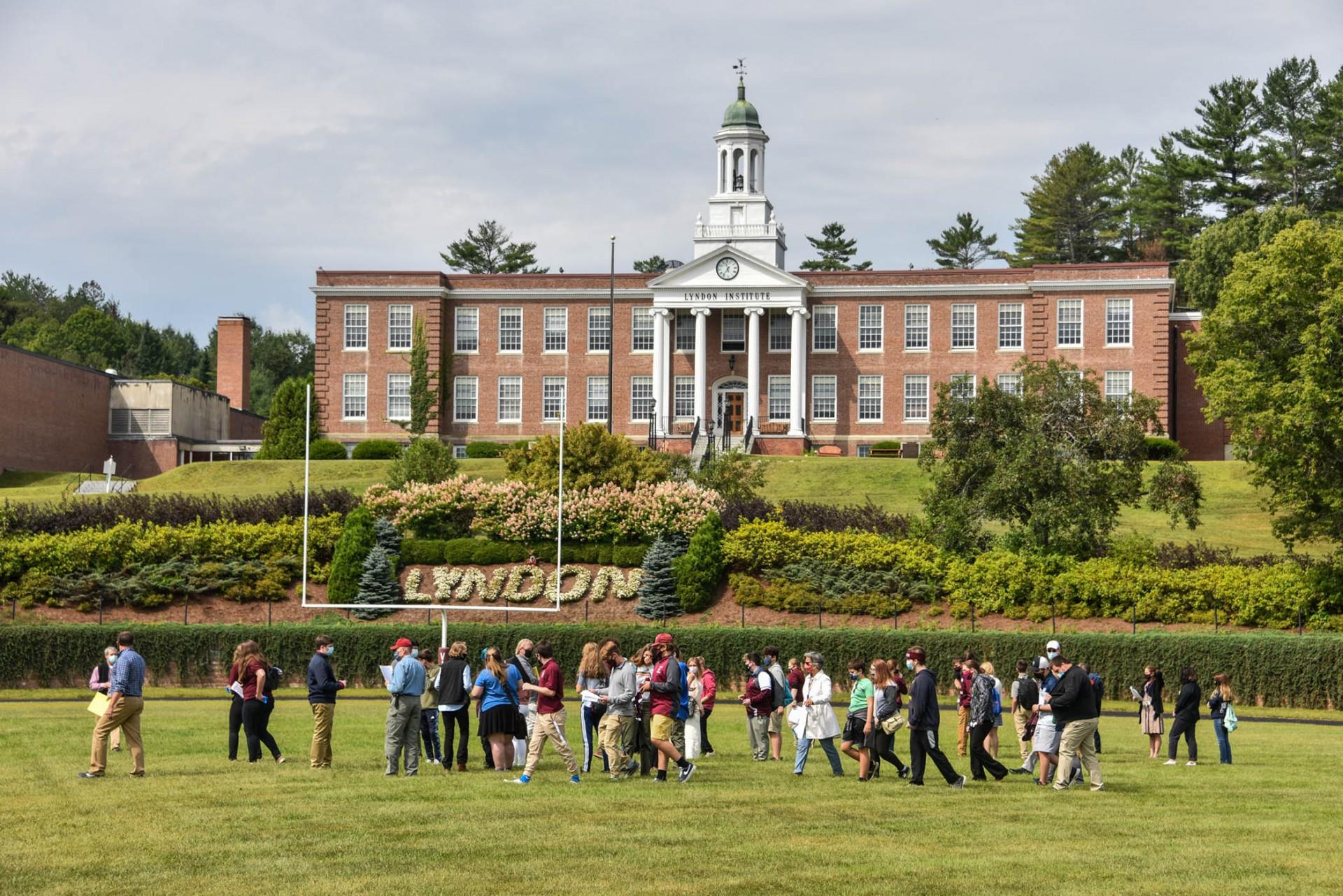
Photo caption: Students are pictured here participating in New Student Orientation on the LI campus on August 27, 2020. Though declining enrollments due to major demographic shifts have impacted the school, Lyndon Institute has managed to right the ship by putting itself on a path to financial independence and stability while finding new ways to provide opportunities for students in a world of rapidly changing careers and technology. Photo by Javin Leonard – Lyndon Institute
Posted in the category Front Page.

